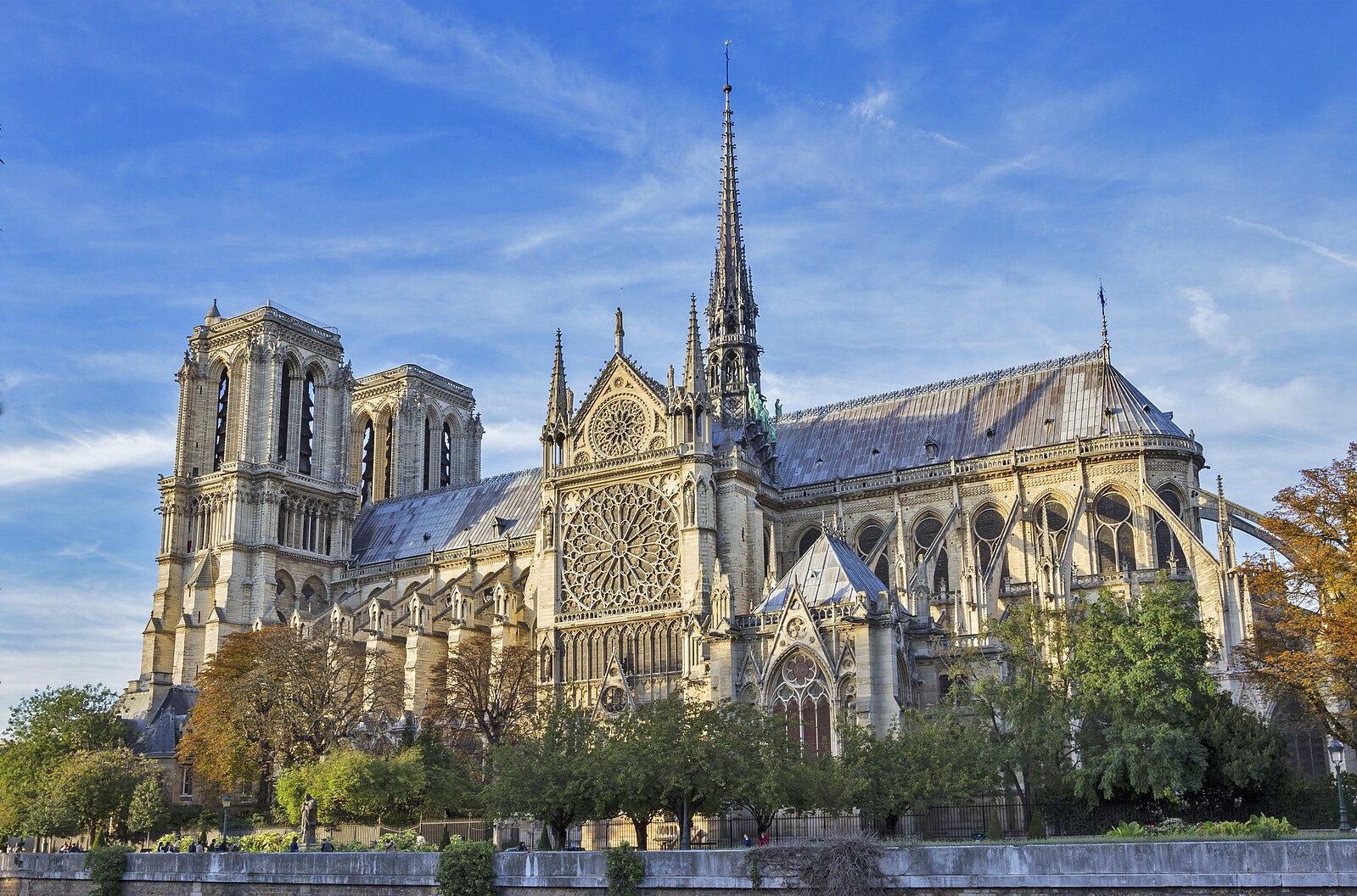For my upcycling project, I’ve been working on a Mid-Century Modern lamp that uses an origami lampshade to highlight the clean lines and natural material characteristics of the aesthetic. In my design, I’ve tried to utilize light colors, simple geometric shapes, and prioritize the function of my project in the design. If I were to complete this project using the opposite aesthetic from Mid-Century Modern, I believe it would be the Gothic aesthetic. The design philosophy is the antithesis of the mid-century modern aesthetic; rather than having clean lines and geometric shapes, Gothic architecture and design are complex, twisting and turning with buttresses and domes. An example of this style can be seen in the Notre Dame Cathedral (pre-fire at least), which can be seen below:





4 Comments. Leave new
Hello Trent,
Thank you for providing such a stark contrast to your intended aesthetic. I can see that there are many differences between mid-century modern and Gothic and I think you made a good choice for your upcycle aesthetic. I agree that a Gothic theme would have been time-consuming. How do you think that the manufacturing process would have been different or more difficult if you chose Gothic? Great post!
Hey Ian, thanks for the notes! I think the manufacturing process would be much much more intensive for a gothic style lamp, I’d want to make the shade of the lamp out of stained glass which would require specialized glass cutting tools in addition to copper sheeting to bind the glass and solder to attach each individual piece. I also would need to use black smithing tools to make wrought iron for the base.
Hi Trent, I really liked learning about the gothic aesthetic more from your post and it was interesting to hear how you would remake your upcycle project. I was wondering if you did have to make the lamp in the gothic aesthetic, if you could made the stained glass look from origami paper still by just playing with the different colors and patterns?
Hi Kyra! Thanks for the comment. That’s a fantastic idea, I didn’t even think about trying to mimic origami with stained glass. I think replicating the aesthetic of the origami paper would be visually extremely interesting and lend well to the gothic aesthetic!